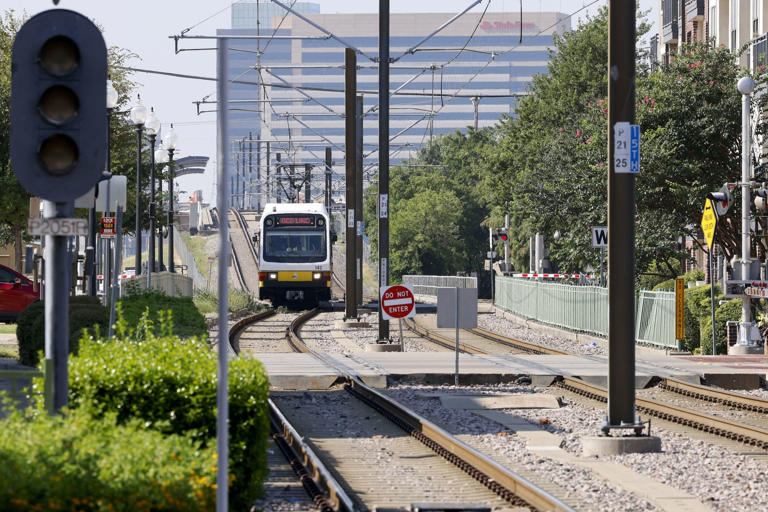Dallas Area Rapid Transit (DART), a vital component of public transportation in the Dallas-Fort Worth area, is facing a challenging financial landscape as it prepares its budget for fiscal year 2025. This period of fiscal planning comes amidst a backdrop of reduced funding from more than half of its member cities, which have recently resolved to cut their financial contributions to the agency. As DART seeks to finalize its budget and long-term financial plan, the agency is tasked with balancing its expenditures and revenue sources in a shifting economic environment.
Proposed Annual Budget for FY 2025
DART’s proposed budget for FY 2025 reflects a complex financial scenario, with significant allocations to various categories of expenses. The agency’s budget is divided primarily into capital and non-operating expenses, operating costs, and debt service. Each of these components plays a crucial role in supporting the agency’s mission to provide reliable and efficient transit services.
Capital and Non-Operating Expenses
Capital and non-operating expenses form the largest portion of DART’s projected budget. These expenditures are directed towards significant projects such as the Silver Line construction and ongoing system modernization efforts. The Silver Line, a key expansion project, is designed to enhance connectivity and improve service across the DART system, making it a major focus of the agency’s capital spending.
Operating Expenses
Operating expenses for FY 2025 are projected to be substantial, with labor costs—encompassing salaries and benefits—taking the largest share. More than $325 million is allocated to cover these costs, highlighting the importance of investing in DART’s workforce to ensure effective operations and service delivery. This allocation underscores the need for a well-supported team to maintain the high standards of transit service that DART aims to provide.
Debt Service Commitments
Debt service represents another significant portion of DART’s budget, with an expected commitment of over $220 million for FY 2025. This figure marks a slight increase of less than 1% compared to the previous year. The stability of this increase reflects DART’s careful management of its financial obligations, ensuring that debt service remains manageable while supporting the agency’s overall financial health.
Revenue Sources and Tax Contributions
A substantial portion of DART’s revenue comes from sales tax contributions provided by its member cities. In fiscal year 2023, member cities contributed over $834 million in sales tax revenue. This figure has grown to $870 million in the current year and is expected to increase by approximately 4.5% in FY 2025. Sales tax revenue represents about 70% of DART’s overall budget, making it a critical component of the agency’s financial structure.
In addition to sales tax revenue, DART’s budget is supported by other sources including fare income, federal funds, interest earnings, and debt issuances. These diverse revenue streams help to balance the agency’s financial resources and support various aspects of its operations.
Impact of Member City Funding Cuts
The decision by several member cities to reduce their funding contributions presents a significant challenge for DART. These funding cuts will require the agency to reassess its budget priorities, manage expenses more stringently, and explore alternative revenue sources to sustain its operations and projects. The ability to adapt to these financial constraints while maintaining service quality and advancing key infrastructure projects will be crucial for DART’s continued success.
Future Outlook and Strategic Considerations
As DART moves forward with its financial planning for FY 2025 and beyond, the agency faces the task of balancing its substantial capital investments with ongoing operational and debt service costs. The successful management of these financial elements will be essential in ensuring that DART can continue to provide high-quality transit services while navigating the challenges posed by reduced funding and evolving economic conditions.
Conclusion: Strategic Financial Management
DART’s financial outlook for FY 2025 reflects both opportunities and challenges as the agency prepares to adapt to funding reductions and manage its extensive budget. By focusing on strategic financial management and prioritizing key projects, DART aims to maintain its role as a critical component of public transportation in the Dallas-Fort Worth area. The agency’s ability to balance its expenditures and revenue sources will be pivotal in navigating the evolving fiscal landscape and ensuring continued success in the coming years.
